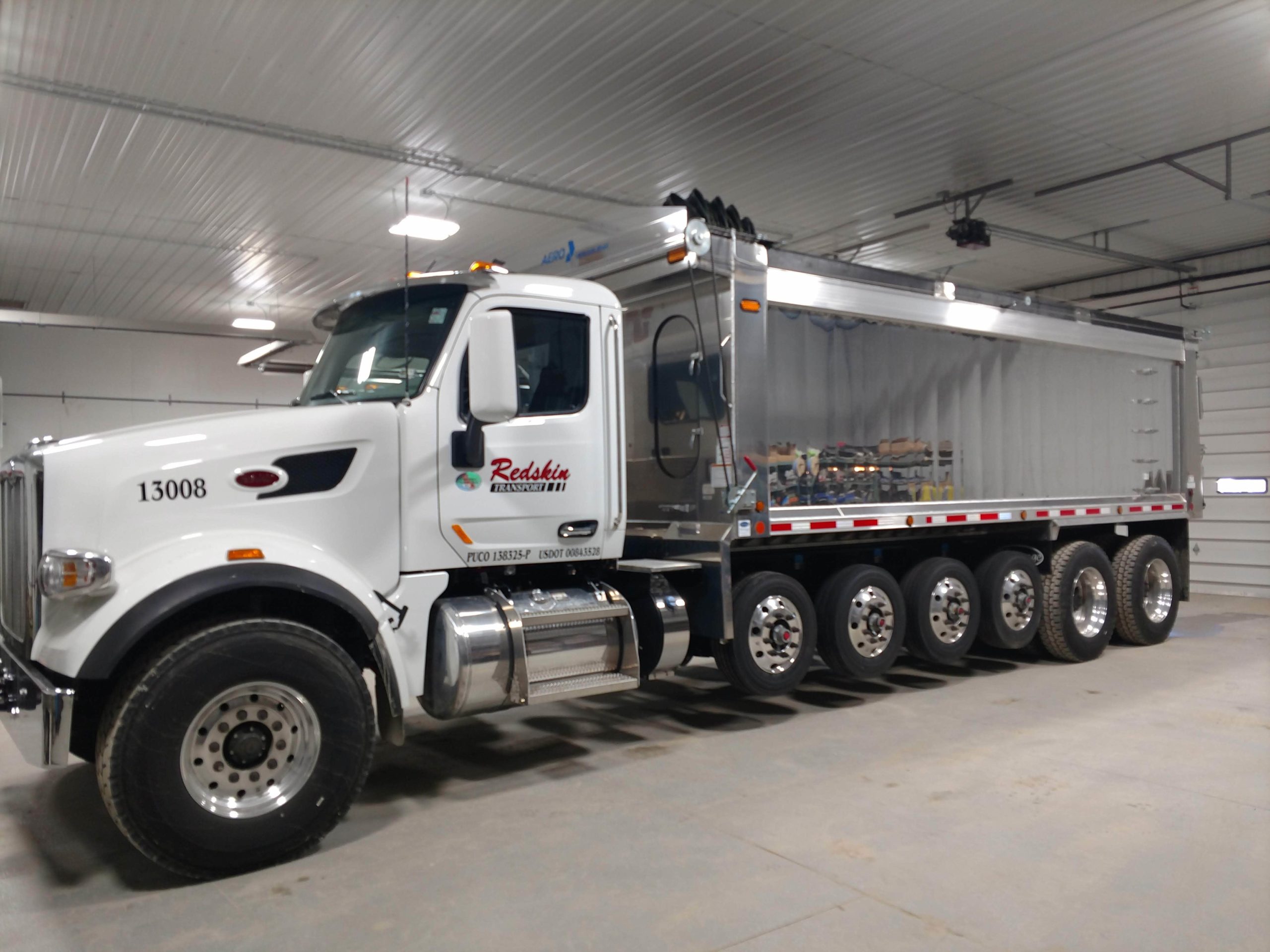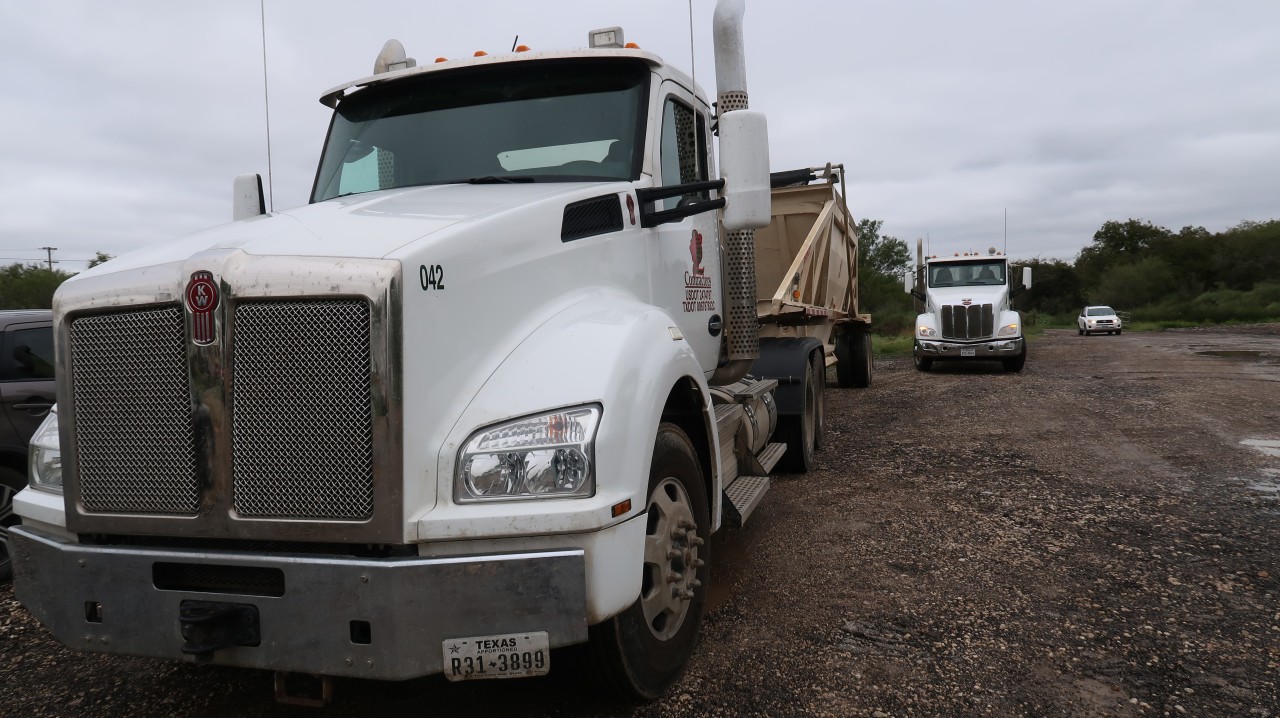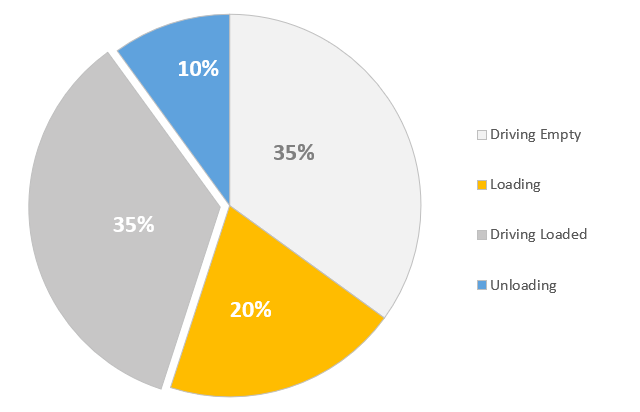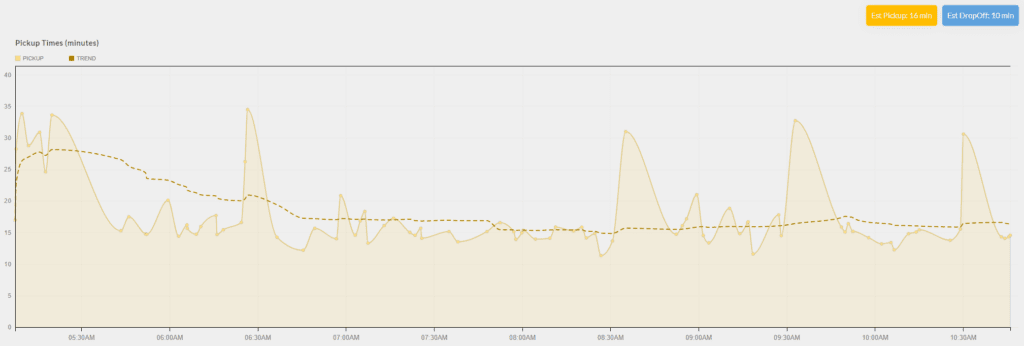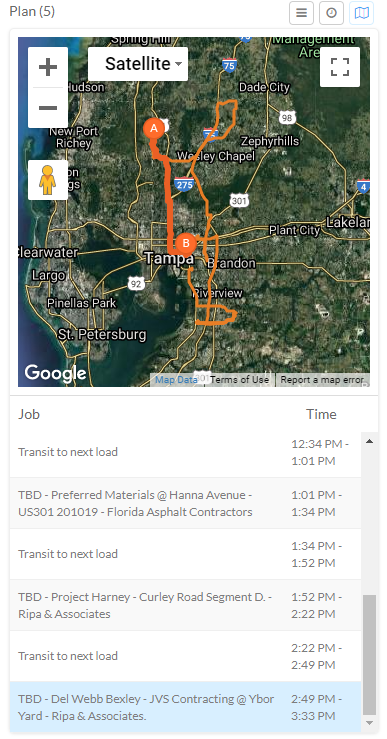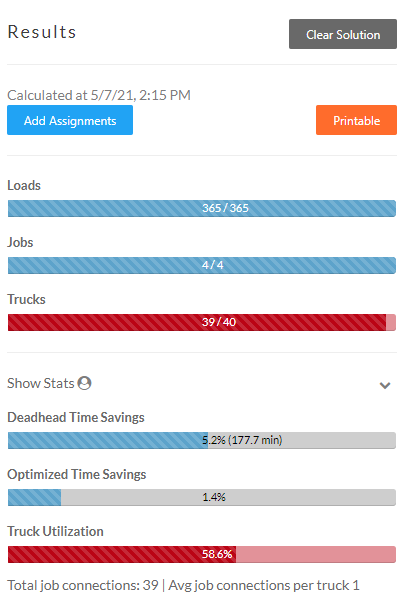A Brief History
Redskin Transport started with just a few trucks, but has quickly scaled– with 32 employees, 26 trucks, and 40 owner-operated trucks that they broker daily. This hauling company was founded in 1990 by Rock VanWey in Newark, Ohio.
Today, Redskin Transport offers services such as selling and delivering salt, sand, gravel, limestone and topsoil, as well as supplying bagged de-icing salt products for property management, industrial, commercial, and landscape companies and homeowners. Additionally, Redskin Transport provides driveway services such as reclamation and grading.
Struggles Before Dauber
- Antiquated processes
- Complex workflows
- Unreliable tracking of critical information on paper
- Wasted time, money and resources
- Communication gaps amongst team
Leading Up to Dauber
Redskin Transport was, and continues to be, part of a niche industry. This meant if they settled on just any hauling, transportation, or software service run by people who had never worked in the industry themselves, they would never reach their full potential.
After researching various companies and poking around on the internet, the team at Redskin Transport finally reached Dauber Applications’s website. Founder of Redskin Transport, Rock VanWey, initially thought the name was interesting and was intrigued, so he decided to reach out to Dauber. Within an hour after Rock sent his message, Dauber’s owner– who had dedicated his entire career to the hauling and logistics industry– called him back to set up their official first meeting.
“I don’t see myself ever looking at another company – especially once we’ve mastered the algorithm for our back office operations.”
– Rock VanWey, Founder of Redskin Transport
Life With Dauber
Since Implementing Dauber Into Their Hauling Services, Redskin Transport:
- Receives continuous invested service from Dauber’s owner
- Accomplishes more with less resources and people
- Improved their truck to dispatch ratio from 80:2 to 100:1
A Few of Redskin Transport’s Favorite Dauber Features:
- Paperless Ticketing
- Touchless Ticket Approval
- Smooth Adoption and Implementation
- Simple and Great Usability
Due to their evident success, Redskin Transport is excited to expand their partnership with Dauber by actively researching and experimenting on an innovative solution to implement Dauber’s software into their back office operations.
Redskin Transport says they’ve thrown a curveball at Dauber, but they’re confident they’ll successfully disrupt the industry with their innovative solution.

